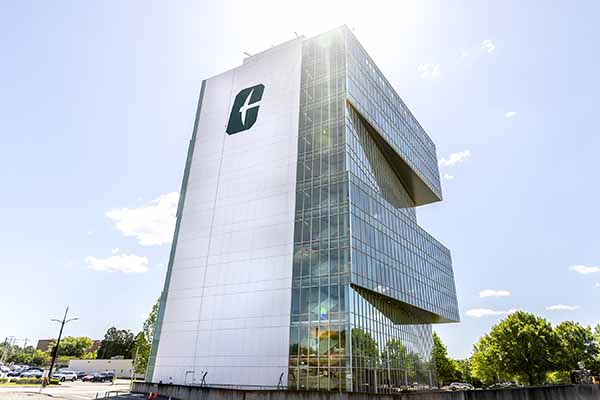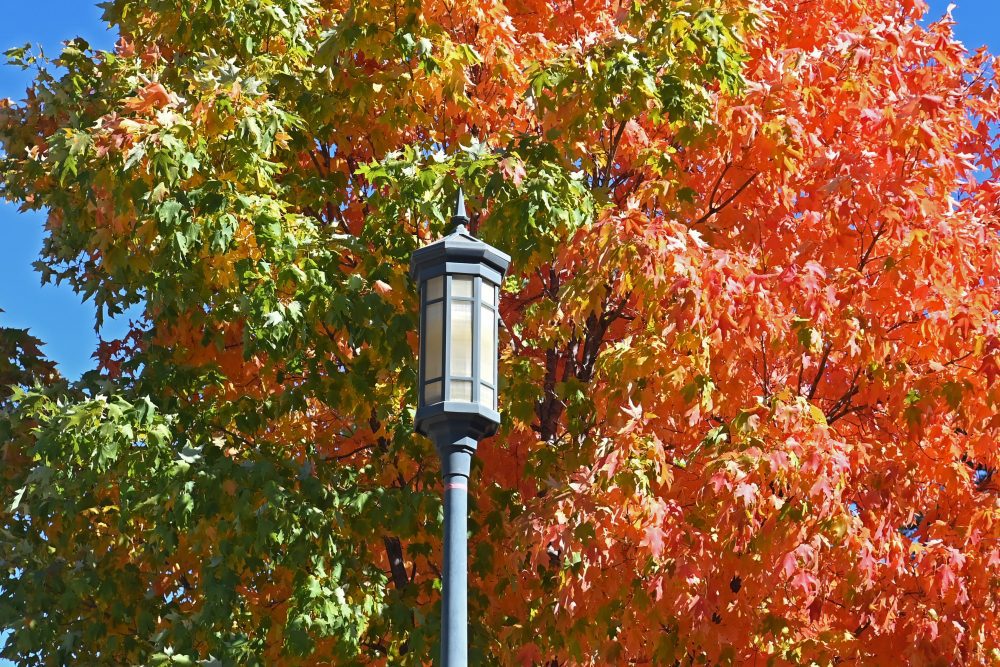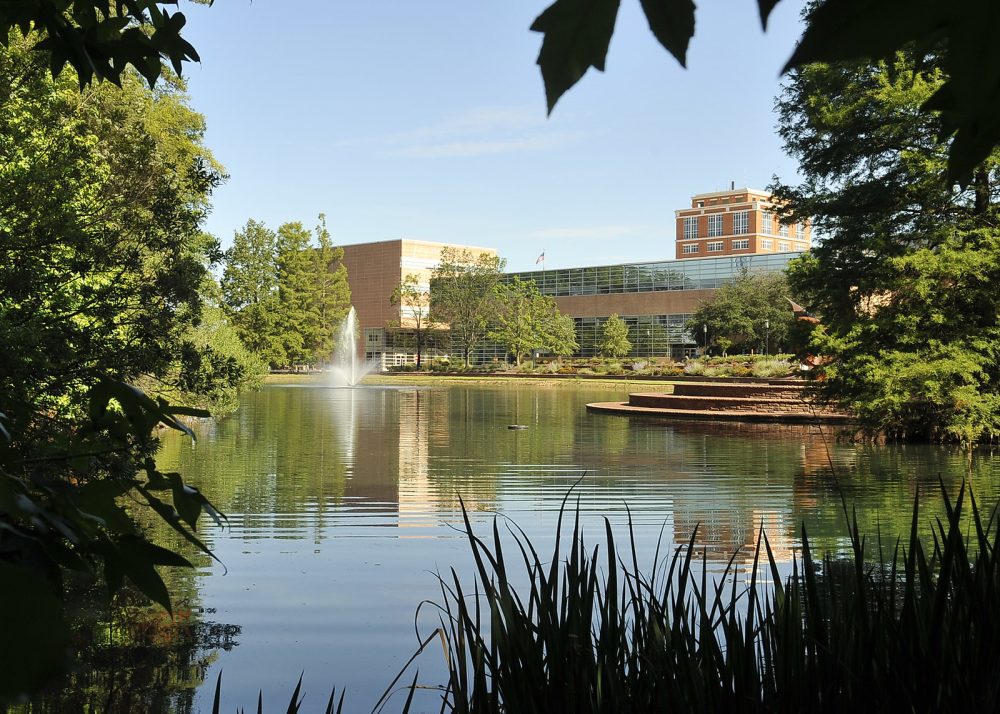Buildings

buildings
Buildings are the site for most of the environmental impacts for campus, including our consumption of energy, water, and materials. The design and construction of buildings is a critical time to consider sustainability, as it could affect a century or more of energy and water use. In addition to efficient use of energy and water, other features of “green” buildings include indoor air quality, noise reduction, natural lighting, local and recycled materials, rainwater harvesting for building use, and support for bicycle and transit users.
GREEN BUILDINGS
As the University continues its rapid growth and construction of new buildings, it is important to incorporate sustainability into the planning, design, and construction processes. By designing smarter and more efficient buildings, or upgrading older buildings, we strive to be consistent and use proven best practices according to the Design Manual.
UNC Charlotte has certified the design and construction of 12 buildings (here is the current list) using two systems:

- Leadership in Energy and Environmental Design (LEED) is a certification from the US Green Building Council. There are four levels in LEED: certified, silver, gold, and platinum. The current practice is to pursue a LEED Gold rating for all new construction and major renovation projects that are larger than 20,000 square feet.
- Green Globes is a certification from the Green Building Initiative. There are four levels in Green Globes, designated by increasing numbers.
Since the first award in 2009, the university has certified the design and construction of 77% of eligible building space based on square feet. For large (>40,000 square feet) buildings constructed in this era, the university has sought and received certification for 12 of 15 new buildings and 81% of eligible constructed space.
ENERGY AND WATER CONSERVATION
Energy

Energy use for the campus is primarily driven by buildings, though it also includes outdoor lighting and vehicle use. Because most of the campus was built after the turn of the century, and with the adoption of green building standards, the UNC Charlotte campus boasts the lowest energy use and energy costs in the UNC System. The campus was one of the first to achieve a state-mandated goal to use 30% less energy per square foot of buildings (compared to the 2003-04 year), and currently consumes 47% less source energy per unit floor area compared to earlier benchmarks.
Energy conservation takes many forms. It includes adopting the latest technologies, such as LED lighting, variable fans, occupancy sensors, smarter controls, better insulation and windows, and reflective roofs. Energy conservation projects are often pursued for cost savings, and some are funded using dollars saved from previous improvements and rebates offered by Duke Energy. Conservation results from better maintenance of buildings and the equipment used to heat and cool.
Educating occupants is another important strategy for energy conservation, as the people in buildings control energy use by electrical devices, computers, room lights, etc.
Water
As with energy, the State of North Carolina also requires the university to pursue water conservation, cutting indoor use by 20% and outdoor use by 50%. UNC Charlotte has achieved a 68% reduction in water use intensity since 2003-04.
Indoors, the introduction of low-flow toilets, faucets, and showers continue to save. Dramatic savings have occurred in dining, where dishwashing was reduced by eliminating trays, and a pulper reuses water for rinsing plates (while also separating food and napkin waste to go to composting). Systems for rainwater harvesting were included in our two LEED Gold buildings, for re-use in irrigation and toilet flushing.

A large portion of the saved water is due to smarter controls on irrigation of lawns and playing fields, but another large use of water for our campus is by cooling equipment. A reclaimed water pipeline is under construction, which will allow us to irrigate and cool buildings with clean water returned from the Mallard Creek Treatment Plant. This new system will reduce costs by replacing the expensive drinking water used today. It will also make the university resilient to future droughts, when drinking water water supplies are restricted.
As with energy, water conservation is also supported by educated occupants doing their part to use less water and report drips and leaks. Water is different when we consider human health — so don’t conserve when it comes to water for drinking or handwashing!
GREEN CLEANING
The cleaning of campus is a major task that involves large crews across many units. All crews have distinguished themselves by pursuing industry-recognized green cleaning practices. Dining operations also pursued green cleaning in order to certify both of our large dining halls as Green Restaurants.
Green cleaning includes using less-harmful cleaning chemicals that are safer for workers and occupants, and that reduce harmful wastes in our air and water. They also include using materials that conserve water to use fewer supplies, and using supplies made from recycled and renewable materials. Green cleaning also includes checks for sanitation to ensure quality, instilling habits in our cleaning staff that are invaluable in responding to challenges like disease outbreaks.